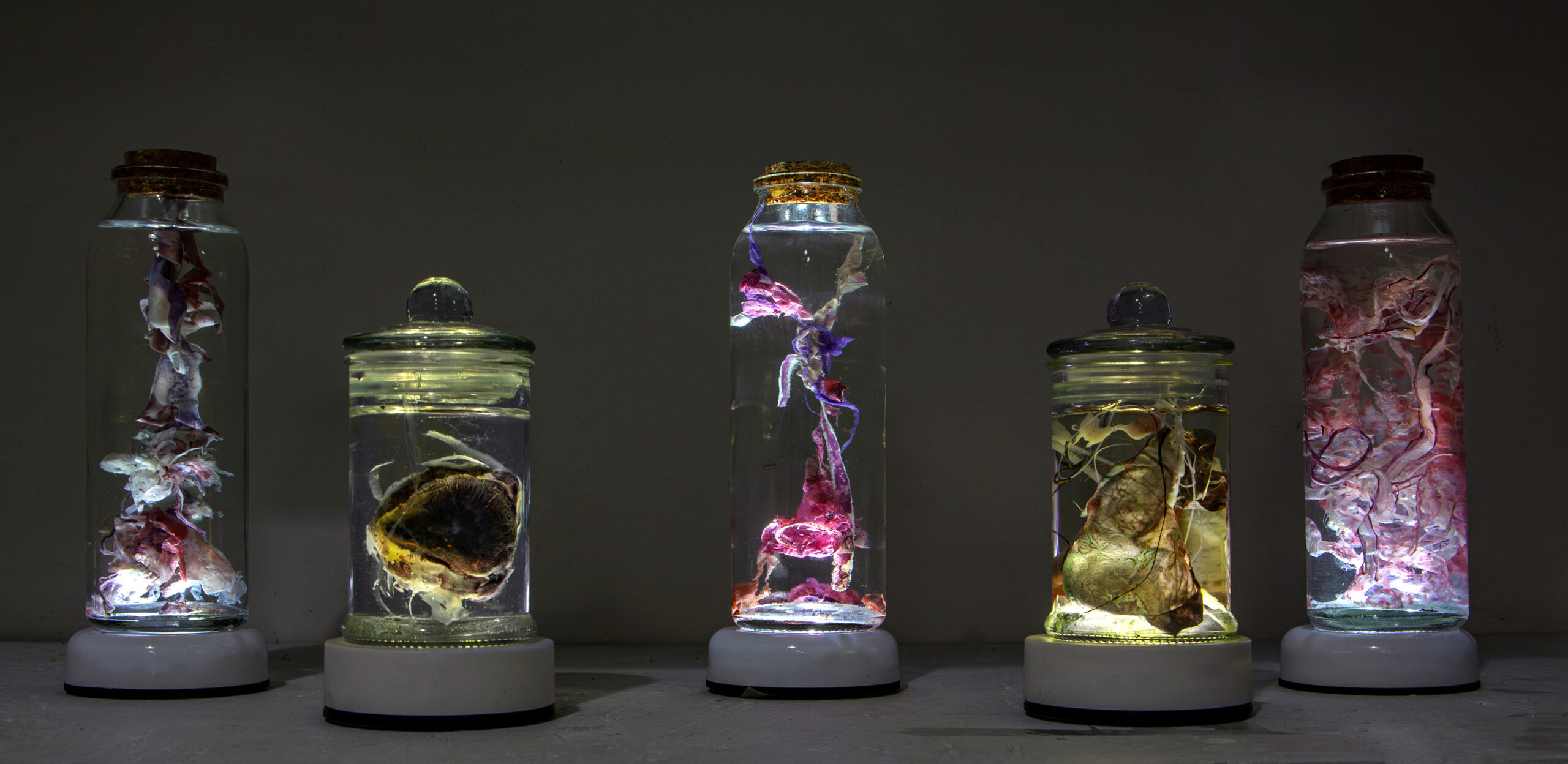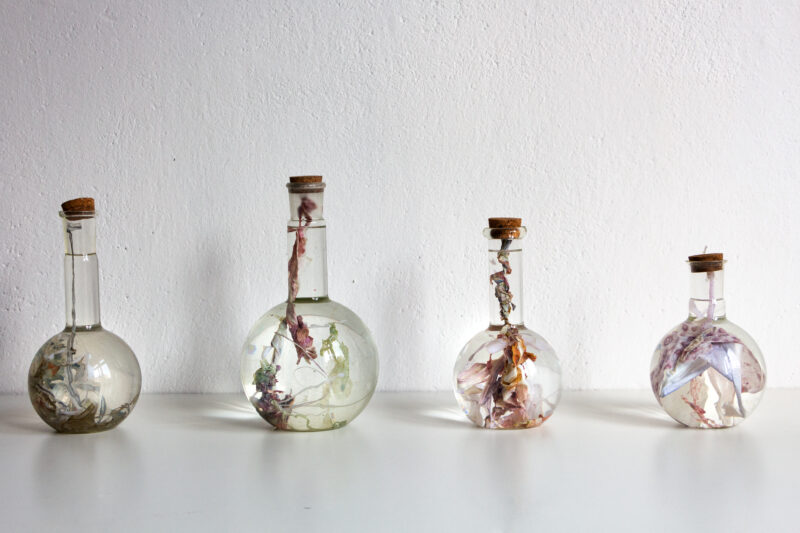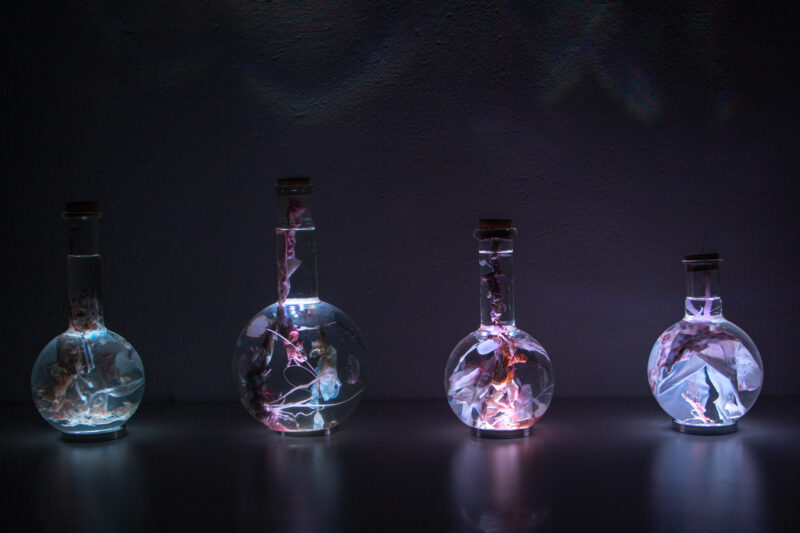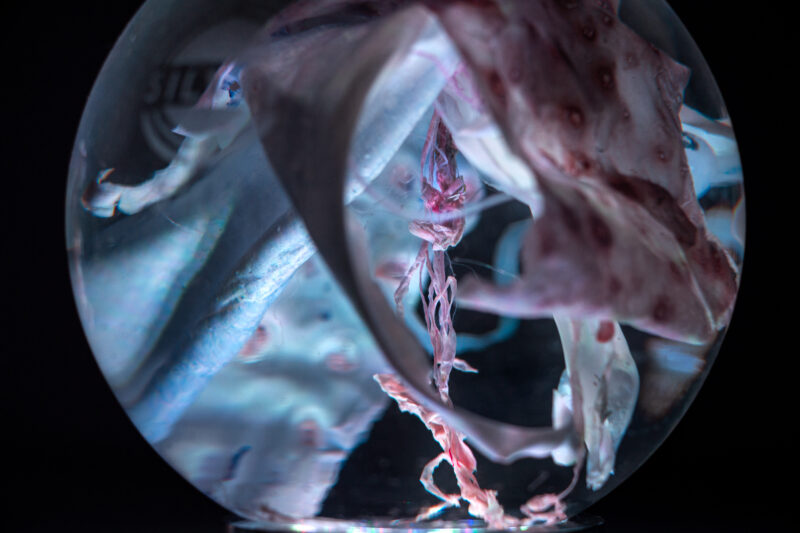BIOFALSEPHILIA
BIOFALSEPHILIA is a my newly coined term that can be interpreted as a combination of elements of biology, nature, and artificiality. It consists of three parts:
BIO- refers to life, nature, biological organisms;
-FALSE- denotes falsehood, artificiality, unnaturalness;
-PHILIA signifies love, inclination, or fascination with something.
Thus, biofalsephilia describes a fascination with artificially created forms of life or nature that imitate real, natural processes or structures but are products of technology or human intervention. This concept can be related to phenomena such as artificial materials resembling vegetation, biotechnologically modified organisms, digital simulations of ecosystems, or futuristic visions of nature.
As a result, biofalsephilia reflects the phenomenon of admiration and attachment to artificially created forms of life or nature, which, although resembling real organisms or ecosystems, are the result of technological, engineering, or artistic efforts. This idea is closely linked to concepts related to posthumanism, artificial intelligence in biosphere creation, and modern approaches to the environment in the context of the ecological crisis.
Biofalsephilia is a term that encourages reflection on our relationship with nature and technology. Is replacing real ecosystems with artificial forms a solution for the future of our planet, or is it rather a form of escapism and denial of real environmental problems? This question may serve as a starting point for further discussions on the role of technology in shaping the future of life on Earth.





